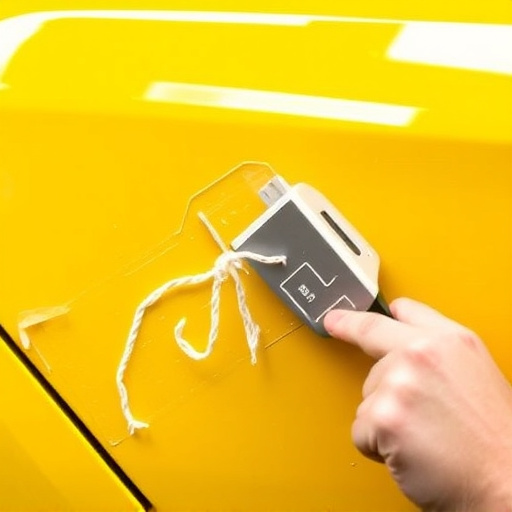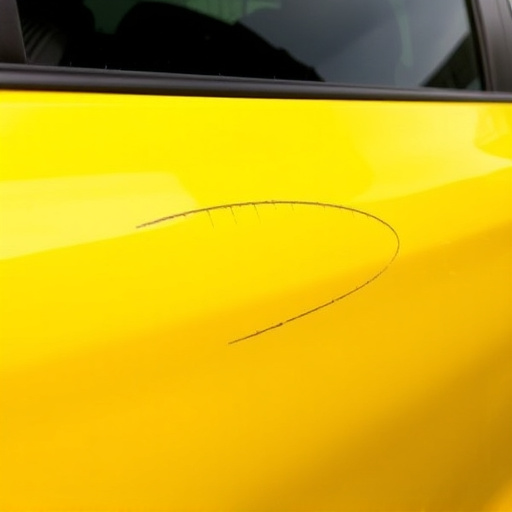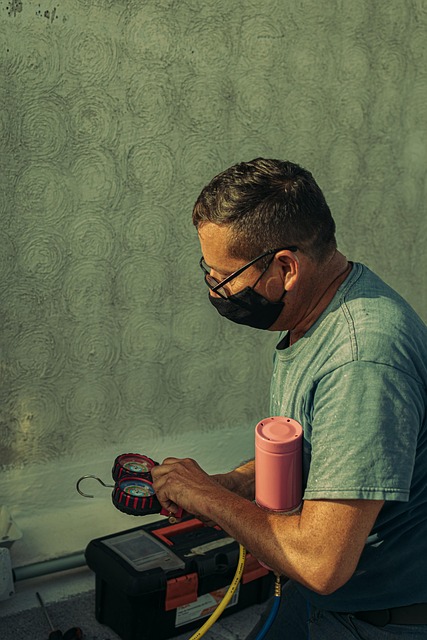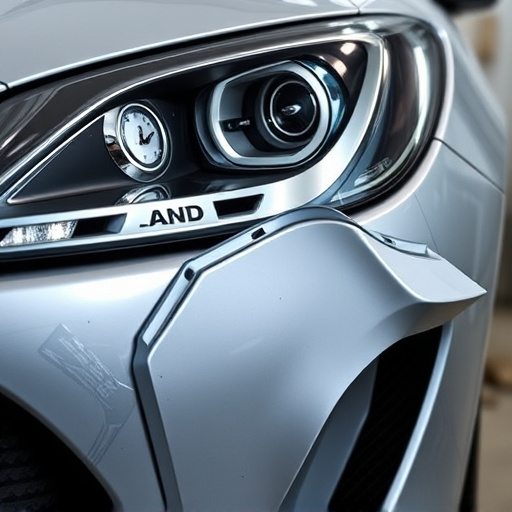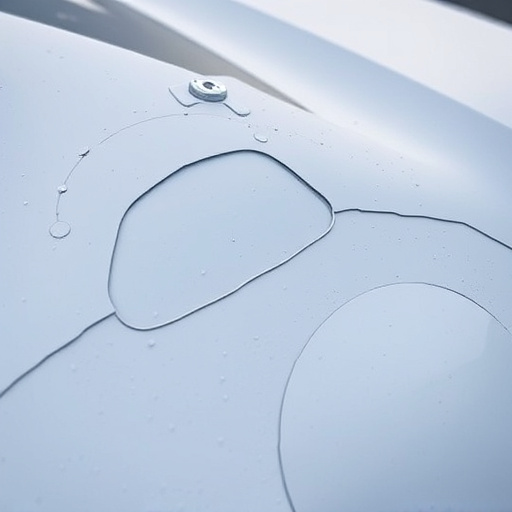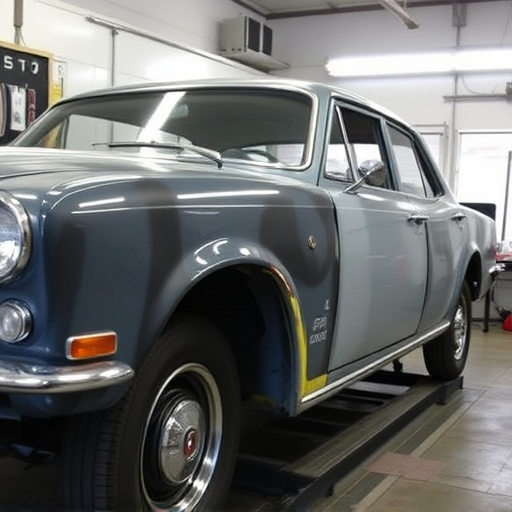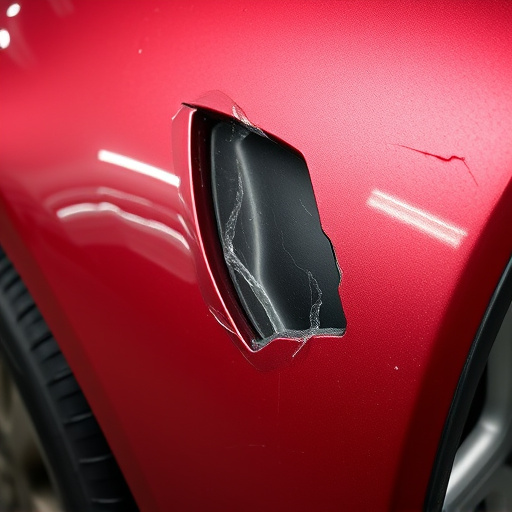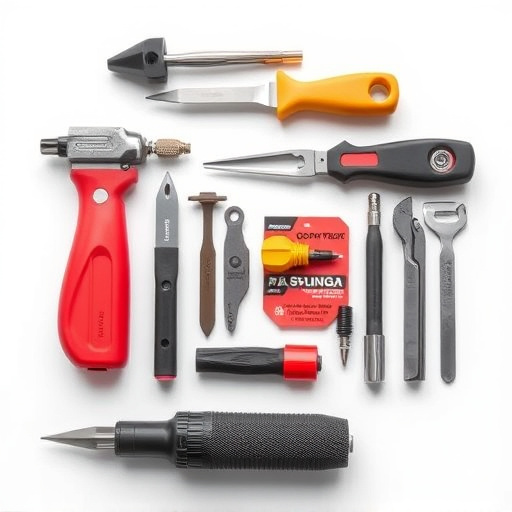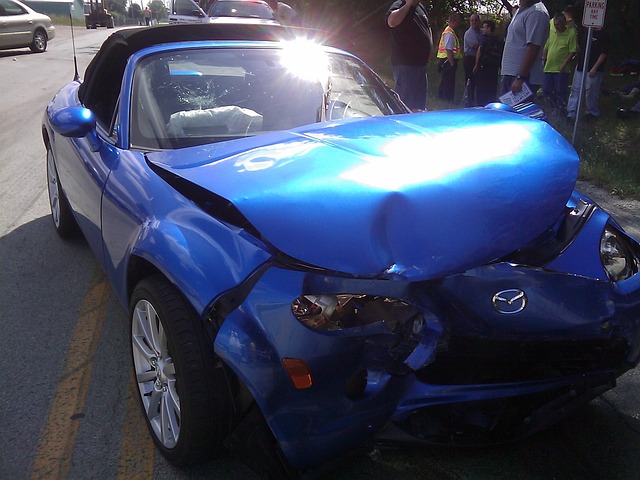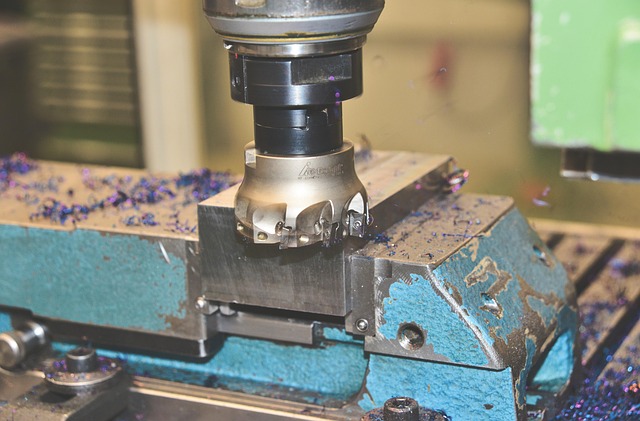Undercarriage inspection repair is a crucial, often neglected aspect of vehicle maintenance. It involves scrutinizing the car's hidden components for issues like rust, loose parts, and leaks. Regular checks, recommended after extreme weather or off-road use, can save money and ensure safer, better performance. Common problems identified include worn suspension, leaks, corroded exhaust systems, requiring solutions like metal work, rust treatments, tire rotation, and auto detailing.
In the world of vehicle maintenance, a thorough undercarriage inspection is an often-overlooked but crucial step. This essential practice ensures the structural integrity and safety of a vehicle by identifying potential issues beneath the surface. Given that the undercarriage is exposed to constant wear and tear, regular repair checks are vital. This article guides you through understanding the importance of undercarriage inspections, provides a step-by-step conduct guide, and highlights common issues with effective repair techniques for optimal vehicle health.
- Understanding the Importance of Undercarriage Inspection
- Step-by-Step Guide to Conducting a Thorough Repair Check
- Common Issues and Effective Repair Techniques
Understanding the Importance of Undercarriage Inspection
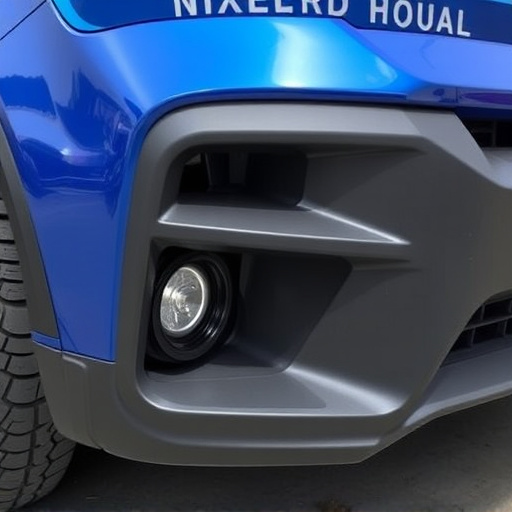
Undercarriage inspection is a critical aspect of vehicle maintenance that often goes unnoticed until issues arise. It involves a meticulous examination of the car’s underbody, including the suspension system, exhaust components, and other essential parts typically hidden from view. This process is vital for several reasons. Regular undercarriage inspections can help identify potential problems early on, preventing more severe and costly damage.
By catching issues such as rust, loose or damaged components, and leaks in their initial stages, owners can benefit from cost-effective repairs. Moreover, these checks are essential for safety, ensuring the vehicle’s stability, handling, and overall performance remain optimal. Many auto professionals recommend scheduling undercarriage inspection repair checks at regular intervals, especially after extreme weather events or when a vehicle has experienced significant off-road use. This proactive approach to car maintenance can save time, money, and potentially avert dangerous situations on the road, making it an indispensable practice for any responsible vehicle owner.
Step-by-Step Guide to Conducting a Thorough Repair Check

Conducting a thorough undercarriage inspection repair check is crucial for ensuring the safety and longevity of your vehicle. Begin by lifting the vehicle using jack stands at the designated lift points, providing secure access to the underbelly. With the car elevated, carefully inspect every component, including the exhaust system, muffler, fuel lines, and brake lines. Visually examine for any signs of damage, corrosion, or leaks.
Next, remove and inspect the wheels and tires, checking for uneven wear patterns that might indicate misalignment issues. Examine the suspension components such as springs, shocks, and control arms for damage or excessive wear. Pay close attention to any rust or structural compromises in the frame and body panels. Document your findings using detailed photographs, which will serve as a reference for future comparisons during routine maintenance checks at the vehicle body shop.
Common Issues and Effective Repair Techniques

During a thorough undercarriage inspection repair check, several common issues are often uncovered. These can include damaged or worn-out suspension components, such as sway bars and control arms, which may indicate misalignment or excessive wear from poor road conditions. Leaks in the undercarriage, stemming from ruptured hoses or worn-out seals, can lead to rust buildup and other structural damage if left unaddressed. Corroded exhaust systems and damaged mufflers are also frequent findings, necessitating replacement to ensure optimal vehicle performance and safety.
Effective repair techniques for these issues involve a combination of replacement parts and meticulous attention to detail. Modern auto body repair shops use advanced equipment like hydraulic presses for precise metal work, while specialized chemical treatments can mitigate rust damage. For tire services, regular rotation and balancing are crucial to prolong the life of tires and ensure even wear patterns. Auto detailing plays a significant role in post-repair assessments, helping to identify any remaining issues and ensuring the vehicle’s undercarriage is in top condition for continued reliable operation.
Undercarriage inspection repair is an essential practice for maintaining vehicle safety and performance. By adhering to the step-by-step guide and addressing common issues, professionals can ensure a thorough check, catch potential problems early, and provide lasting repairs. Regular undercarriage inspections are vital for preventing costly breakdowns and enhancing overall vehicle reliability. Implement these best practices to stay ahead of maintenance needs and keep your vehicles in top condition.

